
OR
A tale of acupuncture cure
Published On: December 18, 2020 07:30 AM NPT By: Jaya Satyal and Ayush Chandra

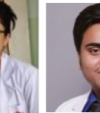
Jaya Satyal and Ayush Chandra
Jaya Satyal is associated with Nardevi Hospital and Annapurna Neurological and Allied Sciences, Kathmandu. Dr Ayush Chandra is an MBBS from Tianjin Medical University, China. satyaldrjaya@gmail.com chayudr@yahoo.comnews@myrepublica.com
More from Author
In Nepal, acupuncture cure system is in rather disorganized state. Lack of proper regulation has encouraged quackery and created more fear and mistrust.
Acupuncture is a form of alternative medicine and a key component of traditional Chinese medicine (TCM) in which thin needles are inserted into the body. It is the process of needling and manipulating various points of the body for pain relief or for medical purposes.
‘Acupuncture’ comes from Latin ‘acus' meaning needle and ‘punctura' meaning pricking, hence collectively ‘needle piercing’. Acupuncture, along with moxibustion, is one of the oldest practices of traditional Chinese medicine. Most historians believe the practice began in China, though there are some controversial evidences about its origin. Archeological evidences found in China show gold and silver needles were found in the tomb of Liu Sheng, emperor of western Han Empire in ancient. Thus acupuncture practice is believed to have originated in about 100 BC.
The main principle of these therapeutic methods of traditional Chinese medicines are based on an ancient philosophy that describes the universe and body in terms of the two opposing forces Yin and Yang (basically these two terms mean dualism/balancing). When these two forces are in balance then the human body remains healthy. In this medical system, energy, called Qi in Chinese language, flows throughout the body through a special path called meridian. This continuous flow of energy balances the forces called Yin and Yang. However, when the flow of energy is obstructed, it causes pain, disturbances in bodily functions and in worst case the diseases.
Acupuncture today is being practiced all around the world as a therapy treatment for diseases. This therapeutic activity is done in which they stimulate certain points of the body by pricking needles. This helps to improve body functions and prepares the body to fight diseases by stimulating various points located in the body structure also known as ‘acu-point’. It is believed that acupuncture helps to balance the energy in a person's body, thus keeping a person away from health-related issues like headaches, blood pressure, colds, coughs and other diseases. Apart from needle pricking, acu-point can also be stimulated by hand massage, moxibustion heat therapy, cupping and herbal medicine.
Acupuncture is believed to reabsorb blocked energy in the body and helps in healing the diseases through physiological systems. Modern research shows that acupuncture works very effectively in correcting problems associated with the nervous system, endocrine system, immune system, cardiovascular system, and digestive system. It can stimulate the acu-point of various systems of the body to relieve the pain and can also contribute in keeping the entire body healthy. It is generally known that different acupuncture points are used to overcome different diseases. There are three hundred and sixty acupoints in our body which lie in different vital organs such as bladder, gall bladder, heart, lung, pericardium, kidney, large intestine, liver, small intestine, stomach and spleen.
Acupuncture plays an important role in eliminating diseases from the body and providing a good health. Acupuncture is useful for neurological problems like neuropathy, neurogenic bladder problems, stroke, paralysis, sleep disorders, anxiety problems, painful menstrual cycle, osteoarthritis, gout, abdominal problems, depression, headache, hypertension, knee pain, back pain, facial pain, neck pain, correcting fetal position in uterus, shoulder pain and sciatica (lower back pain).Acupuncture is also used for beauty care these days.
All therapeutic procedures have benefits and risks. As such, acupuncture is also not hundred percent reliable. It too has few risks that patients should be aware of. If unsterilized needles are used it may infect the patient, it is also dangerous if a patient has a bleeding disorder or is taking blood thinning medications. The person might feel the pain at the point of the body in which the acupuncture needle has been pricked even after the needle is removed. One may experience bleeding, bruising and soreness on the point where the needle has been inserted.
In Nepal, acupuncture cure system is in rather disorganized state. Lack of proper regulation has encouraged quackery and created more fear and mistrust between the service providers and the people wanting the therapy.
Besides, due to lack of awareness among medical and health professionals, the patients who may benefit from acupuncture therapy are not referred to certified acupuncturists. Positively, however, some doctors including neurologists have initiated research on acupuncture. Available research findings are very encouraging and the published papers indicate that in Nepal, too, evidence-based practice is being followed.
Large sample-based researches conducted in the West are also showing positive results.
Acupuncture therapy has not become a mainstream practice as yet but there are positive signs around it.
You May Like This
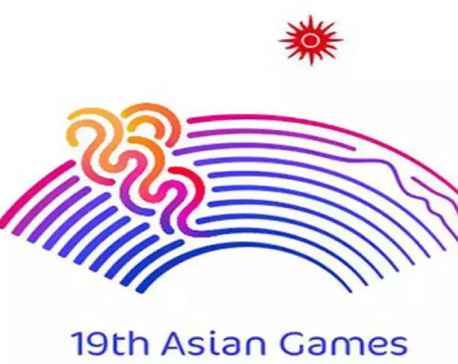
Asian Games: 38 nations win medals, China at the top of medal tally
KATHMANDU, Oct 5: Thirty-eight nations have so far won medals at the ongoing 19th Asian Games while China continues to... Read More...
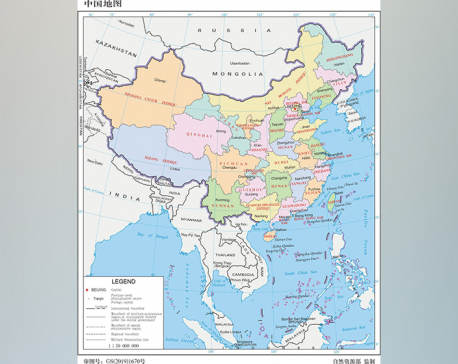
Nepal urges its neighbors including China to respect new political map
KATHMANDU, Sept 1: Nepal has urged its neighbors including China to respect the new political map that was endorsed by... Read More...
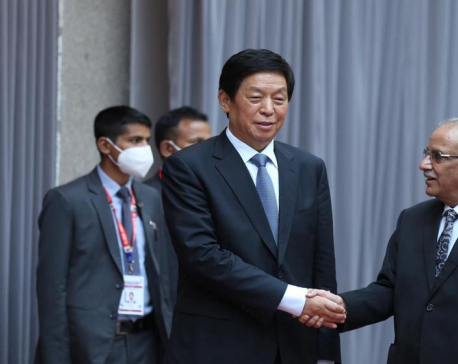
Maoist Center Chairman Dahal meets Chinese leader Li
KATHMANDU, September 13: A meeting was held between the delegation led by Chairman of Nepal Communist Party (Maoist Center) Pushpa... Read More...



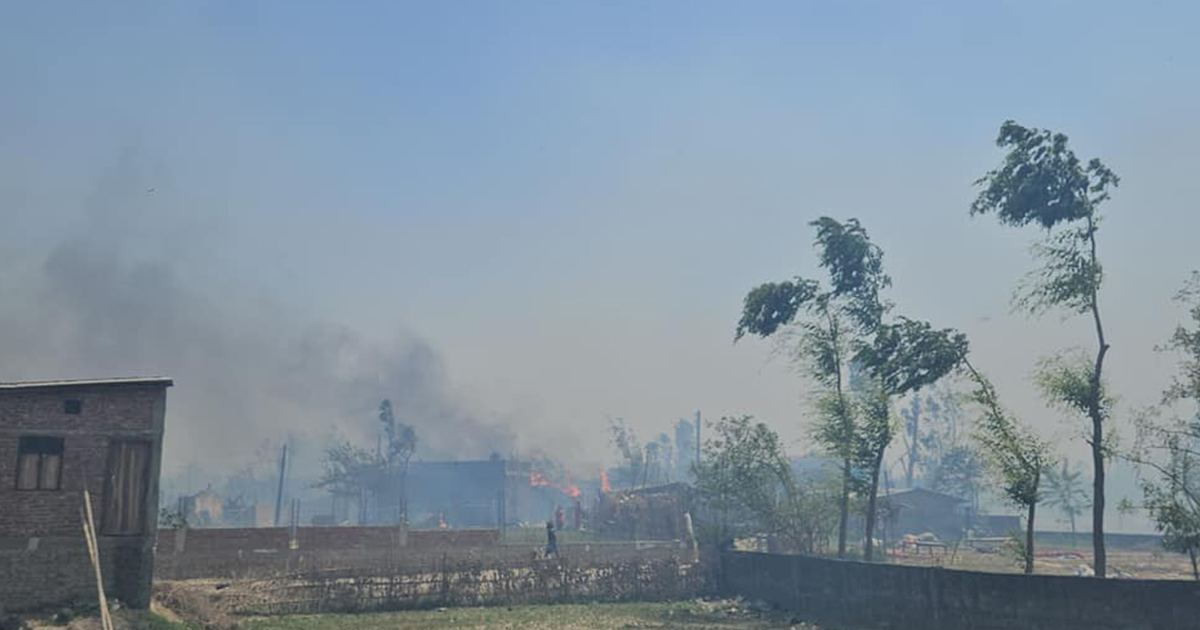

Just In
- World Malaria Day: Foreign returnees more susceptible to the vector-borne disease
- MoEST seeks EC’s help in identifying teachers linked to political parties
- 70 community and national forests affected by fire in Parbat till Wednesday
- NEPSE loses 3.24 points, while daily turnover inclines to Rs 2.36 billion
- Pak Embassy awards scholarships to 180 Nepali students
- President Paudel approves mobilization of army personnel for by-elections security
- Bhajang and Ilam by-elections: 69 polling stations classified as ‘highly sensitive’
- Karnali CM Kandel secures vote of confidence














Leave A Comment